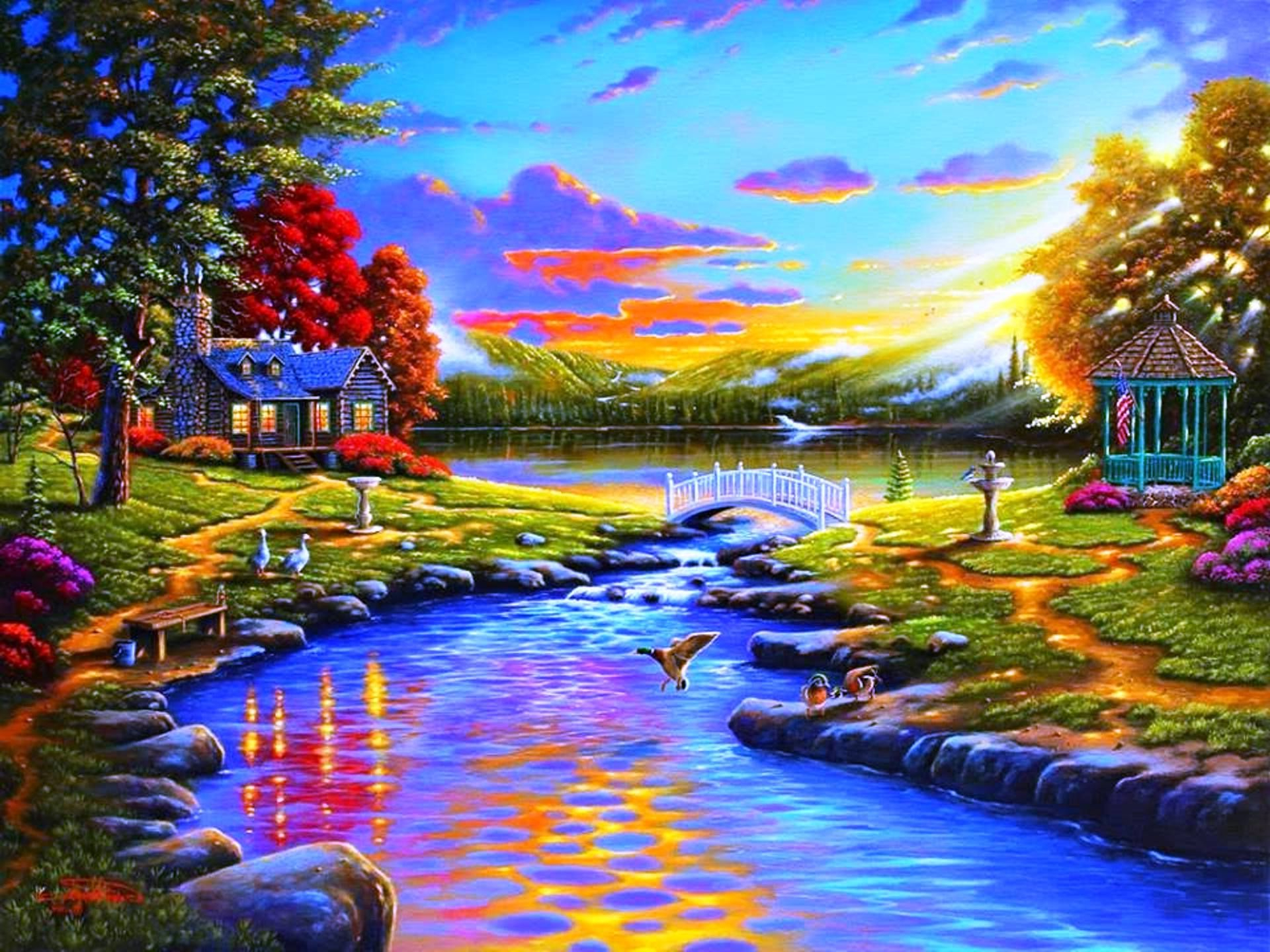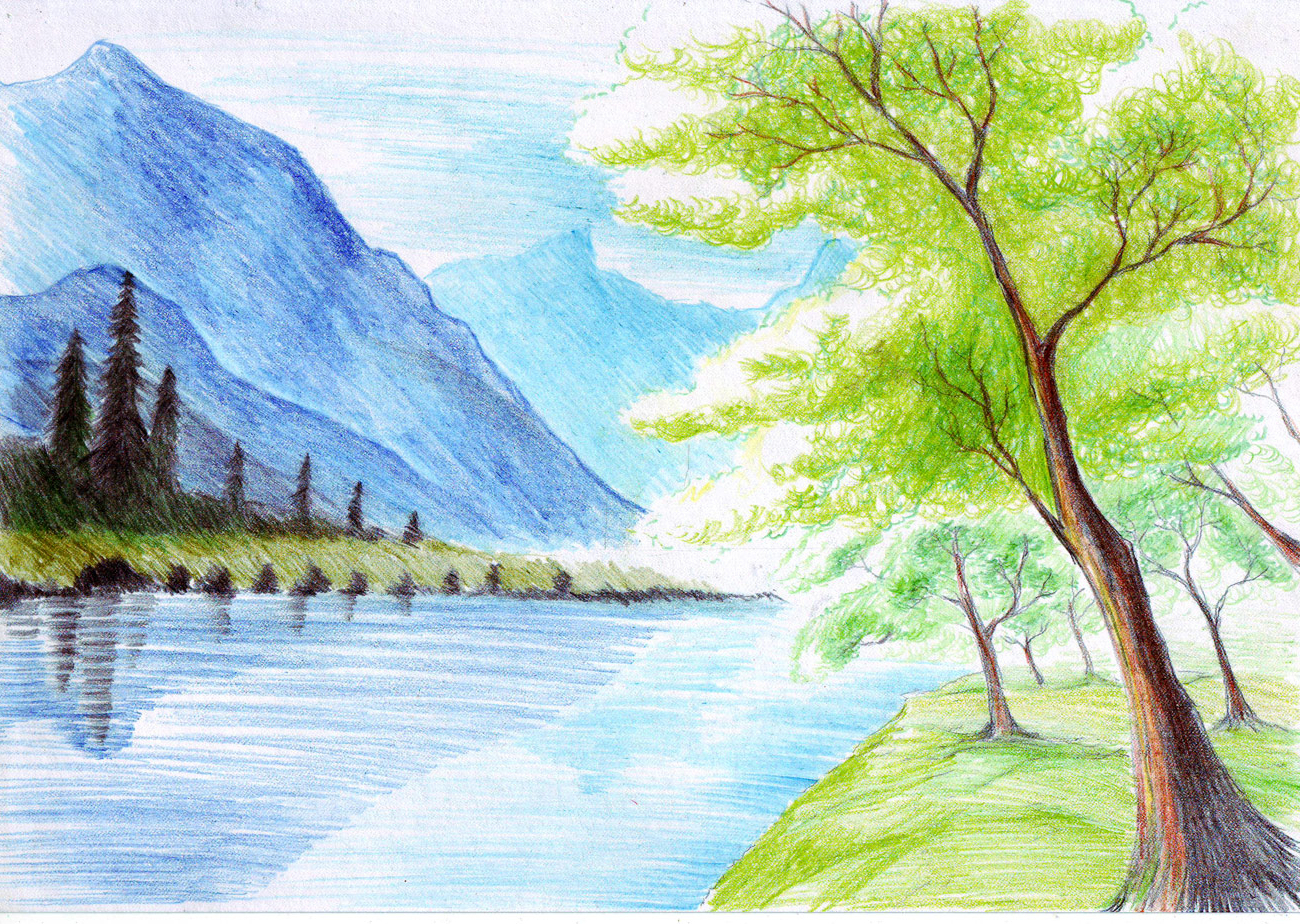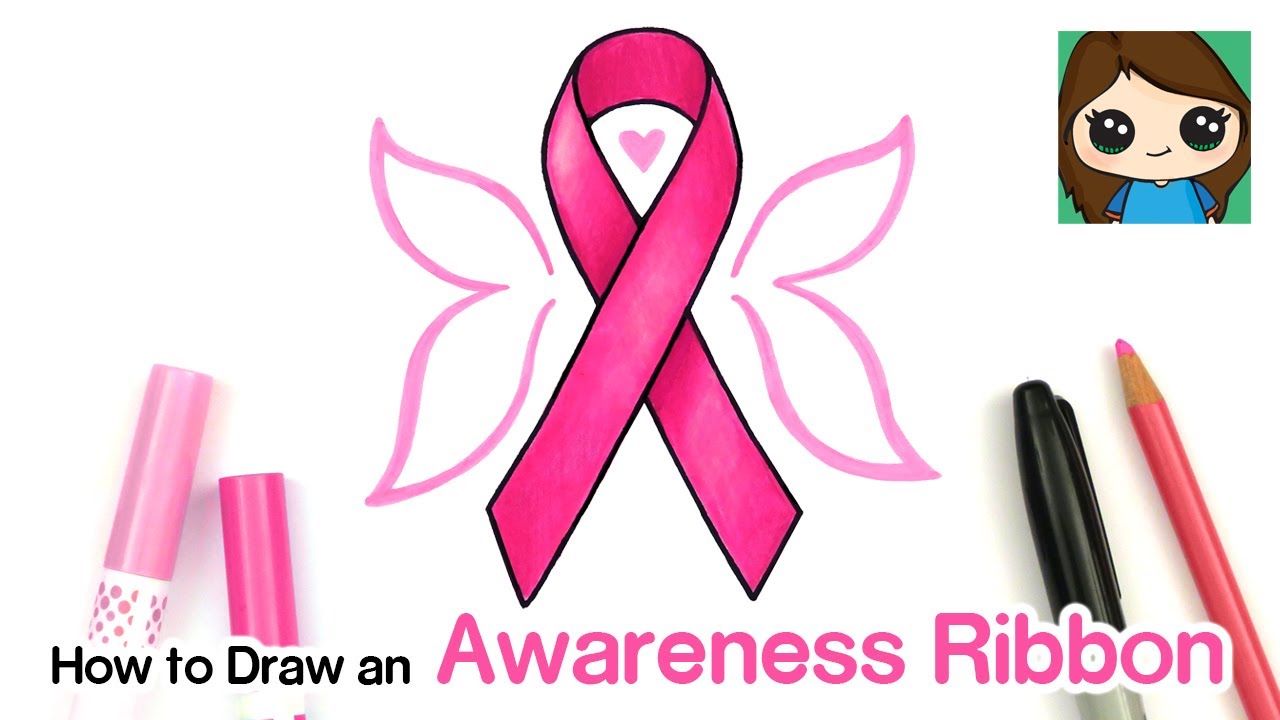How to draw landscape scenery of beautiful nature step by step
Table of Contents
Table of Contents
If you’re an artist, you know how challenging it can be to capture the beauty of nature on paper. Whether it’s the intricate details of a flower, the serene majesty of a mountain range or the play of light and shadow on a forest path, nature offers endless inspiration – and endless opportunities to stumble. But don’t be discouraged! With some helpful tips and a little persistence, you too can learn how to draw a beautiful nature.
Pain Points
Learning to draw nature can be frustrating for several reasons. One is that nature offers so many intricate details to capture, and it can be challenging to know which ones to include and which to leave out. Another pain point is the complexity of different textures and surfaces, such as the rough bark of a tree or the shimmering surface of a lake. Finally, some artists struggle with the problem of scale, trying to create a sense of depth and distance in a two-dimensional surface.
How to Draw Beautiful Nature
The key to drawing beautiful nature is to start with a clear idea of what you want to achieve. Before you begin, take some time to research your subject, whether through photographs, sketches, or plein-air observations. Pay close attention to the unique details, textures, and shapes of your subject, and plan out your composition accordingly.
When you’re ready to start drawing, begin with light, loose sketches to establish the basic shapes and contours of your subject. Once you have a framework, you can begin adding in details and refining your drawing. Be sure to pay attention to light, shadow, and texture, and use a range of pencil weights to create depth and contrast.
One technique that can be helpful for creating a sense of depth and scale is to use overlapping shapes, such as tree branches or rocks, to suggest distance. You can also use perspective lines to create the illusion of three-dimensional space, or use lighter shades of pencil to suggest objects that are farther away.
Main Points
In summary, here are the main points to keep in mind when learning to draw beautiful nature:
- Research your subject thoroughly
- Pay attention to unique details, textures, and shapes
- Start with light, loose sketches
- Use a range of pencil weights to create depth and contrast
- Use overlapping shapes and perspective lines to create the illusion of depth and scale
Getting Started
When I first started drawing nature, I was overwhelmed by the number of details I had to try to capture. I found that the best approach was to start with broad shapes and then add in details gradually. For example, when drawing a leaf, I would start with a simple oval shape and then add in veins, serrations, and other features as I went along. By breaking down the drawing into smaller components, I was able to create a more accurate and detailed image.
In addition, I found that it was helpful to experiment with different pencil weights and techniques to create different textures and effects. For example, I might use a hard pencil to create crisp lines and edges, or a softer pencil to create a more blurred and atmospheric effect.
Different Techniques
One technique that I found particularly helpful for drawing trees was to use a technique called crosshatching. Crosshatching involves using parallel lines drawn in different directions to create texture and shape. For example, to draw a tree trunk, I would start by drawing vertical lines and then add in diagonal lines to suggest bark texture. This technique can be used to create a range of effects, from rough tree bark to smooth lake water.
Creating a Sense of Depth
One of the biggest challenges I faced when learning to draw nature was creating a sense of depth and distance in my drawings. To overcome this, I started experimenting with different composition techniques, such as creating a foreground, middle ground, and background in my drawings. I also tried to pay close attention to light and shadow, using darker shades to suggest objects that were closer and lighter shades to suggest objects that were further away.
Tips and Tricks
Finally, here are a few tips and tricks that I found helpful when learning to draw nature:
- Take the time to observe your subject carefully
- Experiment with different pencil weights and techniques to create different textures and effects
- Focus on the basic shapes and contours before adding details
- Use overlapping shapes and perspective lines to create depth and distance
- Pay close attention to light, shadow, and atmosphere
Question and Answer
Q: What kind of pencil should I use when drawing nature?
A: It’s a good idea to have a range of pencils on hand, from hard pencils (such as H or 2H) to softer pencils (such as 2B or 4B). This will allow you to create a range of effects, from crisp lines to softer, blurred shading.
Q: What’s the best way to capture the texture of tree bark?
A: One effective technique is to use a combination of parallel and diagonal lines, drawn in different directions to suggest the texture of bark. Experiment with different pencil weights and techniques to find the approach that works best for you.
Q: How can I create the illusion of distance in my drawings?
A: One technique is to use overlapping shapes to suggest depth, such as overlapping tree branches or rocks. Another approach is to use lighter shades of pencil to suggest objects that are further away, and darker shades for objects that are closer.
Q: What’s the best way to add color to a nature drawing?
A: There are a variety of techniques you can use to add color to your nature drawings, such as colored pencils, watercolors, or pastels. Experiment with different approaches to find the one that works best for your style.
Conclusion of How to Draw a Beautiful Nature
Drawing beautiful nature can be challenging, but with some helpful tips and a little practice, you too can capture the beauty and serenity of the natural world. By paying attention to unique details and textures, experimenting with different pencil weights and techniques, and focusing on creating depth and atmosphere, you can create stunning nature drawings that capture the essence of your subject.
Gallery
Scenery Sketch Beautiful Scenery Sketch Nature Drawing - 800x1052

Photo Credit by: bing.com / drawings crayons
How To Draw Landscape /scenery Of Beautiful Nature.. Step By Step - YouTube

Photo Credit by: bing.com / nature drawing landscape scenery draw natural easy spring beautiful step kids drawings simple vizatime te bukura arts colored village season
Easy Nature Scenery Drawing | How To Draw Beautiful Scenery Of Mountain

Photo Credit by: bing.com /
Beautiful Drawings Of Nature Scenes : See More Ideas About Beautiful

Photo Credit by: bing.com / waterfall sivaprasad arun waterfalls
Natural Scenery Drawing At GetDrawings | Free Download

Photo Credit by: bing.com / nature scenery drawing natural sketch drawings pencil simple sketches color getdrawings line paintingvalley





